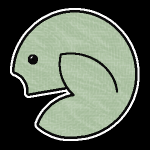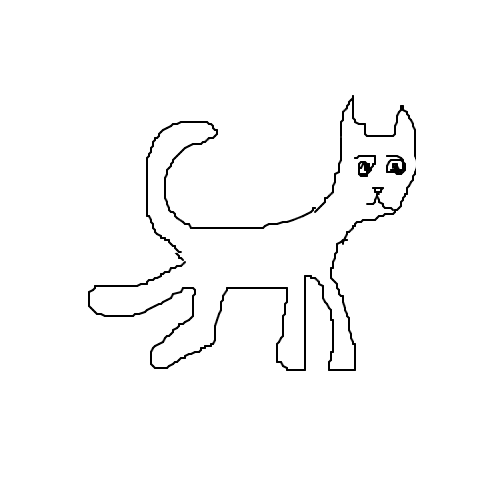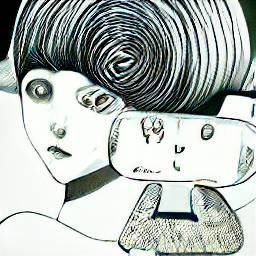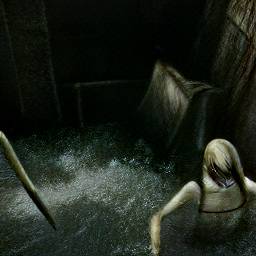Witch House Music Revisited
Posted in music on 06/26/2022 09:14 pm by c5
About ten years ago, I created an entry in this Web log about “witch house” music. Since then, I’ve discovered a lot more things that fall in that category. I guess it’s become one of my favorite genres, though I’m still not sure exactly how to define it.
The following are a few things I’d recommend to someone curious about this type of music.
Some witch house music combines modified versions of existing songs from various genres with additional layers. Lovedied is a good example of this. Unfrotauntely, this Australian artist took his life not long before I stumbled upon his music.
Here’s another example of that approach by another musician, using a Ladytron song. (The original song is good, too. As is most everything by Ladytron.)
(Dark Sea)
My favorite tracks by this artist are the comparatively long ones.
I could go on listing musicians, but I’ll just end with a few selections from a series of compilations on the МYТАНТФАНK (Mutantfunk) record label. Some of these compilations are free and each of them includes a generous number of tracks.
The image at the top of this entry is an image that I generated using Midjourney. (I also got some nice haunted houses from that prompt.)


























